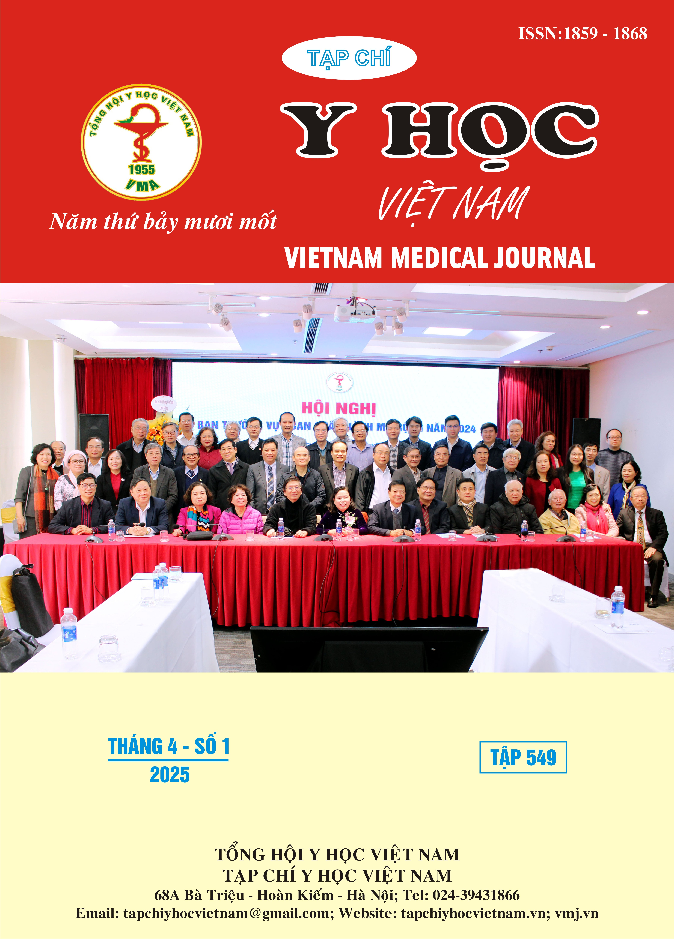BÁO CÁO CA LÂM SÀNG: BIẾN CHỨNG XUẤT HUYẾT TIÊU HÓA DO TỔN THƯƠNG DẠ DÀY LAN TỎA GÂY RA BỞI NHIỄM GIUN LƯƠN (STRONGYLOIDES STERCORALIS)
Nội dung chính của bài viết
Tóm tắt
Nhiễm trùng do giun lươn là một bệnh lý phổ biến ở các vùng nhiệt đới và cận nhiệt đới, gây ra các tổn thương đường tiêu hóa, trong đó có biến chứng xuất huyết tiêu hóa do tổn thương dạ dày lan tỏa. Bài báo này trình bày một trường hợp bệnh nhân bị xuất huyết tiêu hóa do tổn thương dạ dày lan tỏa gây ra bởi nhiễm giun lươn, với những thách thức trong chẩn đoán và điều trị, góp phần nâng cao nhận thức về chẩn đoán sớm và điều trị hiệu quả trong thực hành lâm sàng.
Chi tiết bài viết
Từ khóa
Nhiễm giun lươn, xuất huyết tiêu hóa, tổn thương dạ dày lan tỏa
Tài liệu tham khảo
2. Corti M. Strongyloides stercoralis in Immunosuppressed Patients. Arch Clin Infect Dis [Internet]. 2016 Jan 1 [cited 2025 Feb 16];11(1). Available from: https://brieflands.com/articles/ archcid-20968
3. De la Cruz Mayhua JC, Rizvi B. Strongyloides Hyperinfection Causing Gastrointestinal Bleeding and Bacteremia in an Immunocompromised Patient. Cureus. 13(6):e15902.
4. Costa Silva R, Carvalho JR, Crespo R, Martins JR, Zózimo N, Tato Marinho R. Strongyloides stercoralis Gastric Ulcer: A Rare Cause of Upper Gastrointestinal Bleeding. GE - Port J Gastroenterol. 2020 Aug 26;28(4):274–8.
5. Rao S, Tsai H, Tsai E, Nakanishi Y, Bulat R. Strongyloides stercoralis Hyperinfection Syndrome as a Cause of Fatal Gastrointestinal Hemorrhage. ACG Case Rep J. 2019 Mar;6(3):e00018.
6. Csermely L, Jaafar H, Kristensen J, Castella A, Gorka W, Chebli AA, et al. Strongyloides hyper-infection causing life-threatening gastrointestinal bleeding. World J Gastroenterol WJG. 2006 Oct 21;12(39):6401–4.
7. Huu TN, Thu HM, Quy K, Thanh MV, Thi ND, Ngoc QPM, et al. Coinfection of cytomegalovirus and strongyloidiasis presenting as massive gastrointestinal bleeding in an immunocompromised host: a case report. Front Med [Internet]. 2024 Nov 20 [cited 2025 Feb 16];11. Available from: https://www.frontiersin. org/journals/medicine/articles/10.3389/fmed.2024.1438689/full


